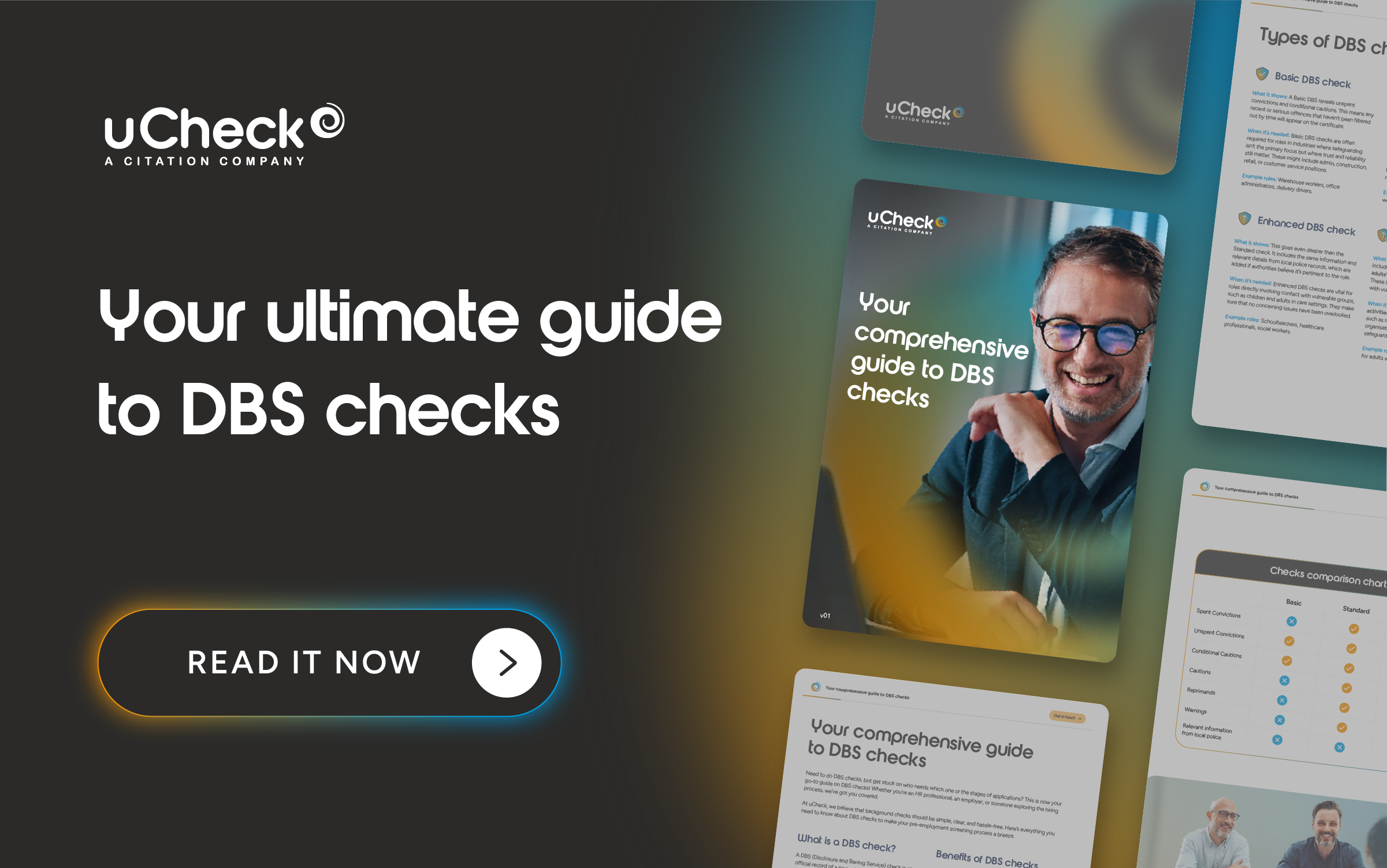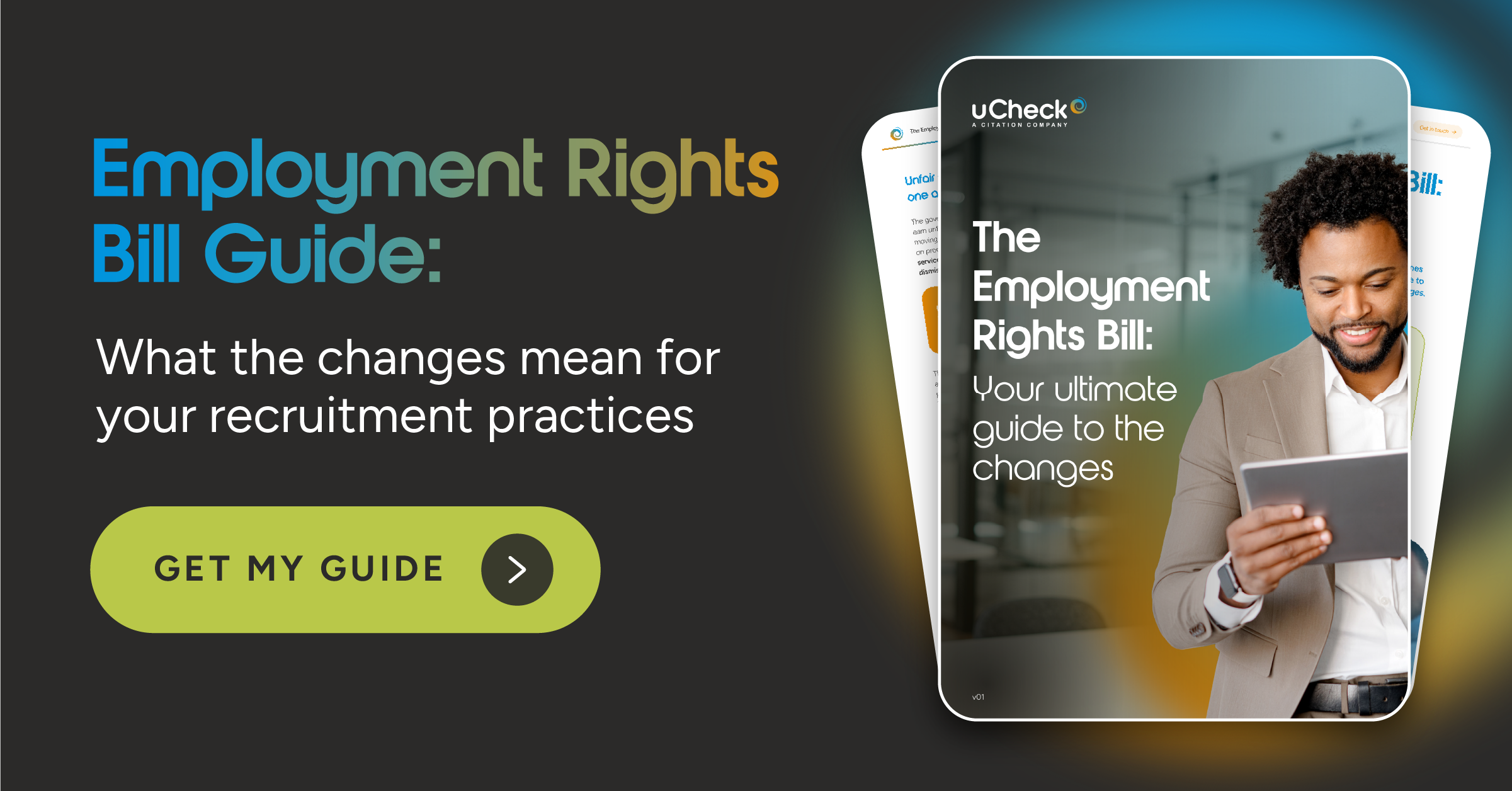The DBS workforce guides are designed to help employers figure out which types of work are eligible for a DBS Check, and which ‘workforce’ specific positions fall into.
Navigating DBS Check eligibility can be a challenge, even for organisations that carry out checks regularly. But the DBS workforce guides were updated in September 2018 to simplify things, making the process of determining DBS Check eligibility more user-friendly.
The workforce guides: What’s changed?
Previously, the DBS published a document called ‘the annex’, which described the most commonly submitted positions and duties that would entitle an employee to a DBS Check. The annex was designed to assist with DBS eligibility enquiries, but it was not an exhaustive list of eligible professions and had to be used in conjunction with the relevant legislation.
The new DBS workforce guides have replaced the annex in this function. The information has been split into three workforce guides: Child Workforce, Adult Workforce and Other Workforce.
The workforce guides include lists of eligible professions as well as wording from the relevant legislation, bringing all the necessary information neatly into one place.
What are the workforces?
Before we go into more detail about the workforce guides, we’ll explain what the term ‘workforce’ refers to.
When you apply for a DBS Check, you’ll need to select a workforce type on the application form. You’ll need to choose from:
- Child Workforce
- Adult Workforce
- Other Workforce
The workforce refers to the type of work the applicant will be doing. The workforce guides are designed to help you work out which category the applicant’s work falls under.
Below, we’ve summarised what each of the three workforce guides covers.
Standard eligibility
The Standard eligibility guide comprises a list of roles and professions which entitle a person to a Standard DBS Check.
The roles listed in this guide generally come with a high level of responsibility. Examples include:
- Football stewards
- Barristers and solicitors
- Chartered or certified accountants
- Veterinary surgeons
- Traffic officers
- Judge’s clerks, secretaries and legal secretaries
Child Workforce guide
The Child Workforce guide comprises a list of roles and activities that mean a person carrying them out falls under the Child Workforce category. It also lists roles that allow an employer to legally request access to a check of the children’s barred lists. Examples include:
- Individuals who provide teaching, training or instruction to children
- Individuals who provide advice or guidance to children specifically relating to their emotional, educational or physical well-being
- Individuals who provide healthcare to children, either as a healthcare professional or under the direction or supervision of a healthcare professional
Adult Workforce guide
The Adult Workforce guide comprises a list of roles and activities that fall under the Adult Workforce category. Like the Child Workforce guide, it also lists roles that entitle the applicant to a check of the adults’ barred list. Examples include:
- Individuals who work in a high security psychiatric hospital
- Individuals who provide personal care to adults
- Individuals who are regulated social workers providing social work to adults who are clients or potential clients
The Other Workforce guide
The Other Workforce guide lists roles and activities that fall under the Other Workforce category. These are roles that don’t specifically relate to working with children and/or adults.
Examples of roles that are eligible for an Enhanced DBS Check and fall into the Other Workforce category include:
- Individuals applying for a licence to operate a premises where gambling can take place
- Individuals applying for a licence to run, promote or sell tickets for the National Lottery
- Individuals applying for a licence to produce, supply, offer to supply or have in their possession any controlled drug
You can find out more about this category in our blog post ‘Other Workforce: Our DBS application guide’.
A summary of DBS workforce guides
As an employer, it’s important to make sure the law allows a DBS application to be submitted for any positions you recruit for.
The DBS workforce guides are therefore a valuable aid for identifying which roles are eligible for a Standard or Enhanced DBS Check, and which workforce a position falls into.
These guides should be your first port of call when determining DBS Check eligibility, but if you need anything clarifying you can contact the DBS directly.







